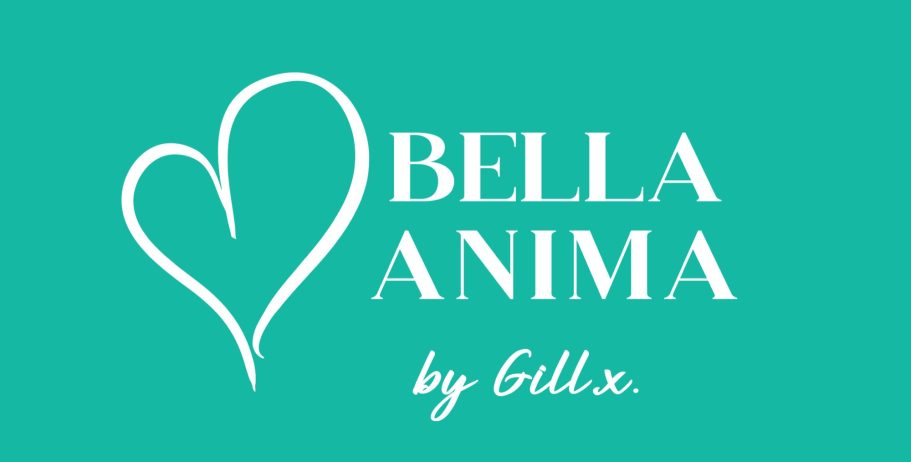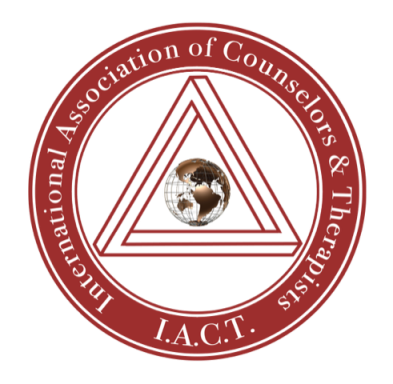Behavioural therapy is an umbrella term for types of therapy that treat mental health disorders. It's based on the idea that all behaviours are learned and that behaviours can be changed. This form of NLP therapy looks to identify and help change potentially self-destructive or unhealthy behaviours.
NLP – is the study of human experiences, communication, thinking, language, and behaviour. NLP is about noticing conscious and unconscious behavioural patterns. It's about duplicating excellence and modelling how we communicate to others and ourselves.
You may be surprised to see how quickly you can learn how to change your habits, that’s if you really WANT to.
Smoking, nail biting and eating habits can all be changed using NLP.
Let's not forget that our behaviour can be driven by fears and phobias too. NLP helps people replace unwanted and unconscious thought patterns with conscious and thought-through objectives. When we achieve these conscious and thought-through objectives or goals (it may even just be a simple pattern of thought) and it replaces an unwanted behaviour then that makes us feel good.
Explore How Neuro Linguistic Programming Could Help You to Change Unhealthy Beahviours?

Quit Smoking
Neuro linguistic programming (NLP) is a powerful tool to help you quit smoking. It's based on the idea that our brains are constantly processing information, and by using certain techniques, we can change how this information is processed in order to alter our behaviour. NLP has been used successfully to help people stop smoking for good! Think of it like a mental gym - you're training your mind to resist the urge to smoke and replace those bad habits and behaviours with healthier ones. It can be done by reframing how you think about smoking, using visualization techniques, or creating new positive affirmations that make quitting easier. Taking control of your thoughts and behaviours is an important part of the process, and NLP can help you do just that. So if you're looking for a way to quit smoking without the aid of drugs or nicotine patches, give NLP a try! You may be surprised at how effective it is. Good luck on your journey to freedom from addiction!

Weight Loss
Neuro linguistic programming (NLP) is an incredibly powerful tool for weight loss. NLP combines the power of language and programming to help you think differently about food, nutrition, and exercise. By incorporating the two, it can create new patterns in your brain that lead to healthier habits and ultimately, weight loss.
NLP works by identifying the thoughts and patterns that lead to unwanted behaviour. Once identified, it teaches you how to replace those behaviours with healthier ones.
Another way NLP helps weight loss is by helping people become more mindful of their eating habits. This allows them to understand why they make certain food choices and then take steps to make better ones. NLP also helps people recognize and replace negative thoughts about food with more positive ones.
Overall, NLP is an effective tool for weight loss that can help you make better decisions around nutrition and exercise. It can help create a foundation of healthier habits that will be beneficial to your long-term weight loss goals.

Fears & Phobias
Neuro Linguistic Programming (NLP) is the practice of using the power of our minds to help us overcome phobias. By recognizing patterns, we can reprogram our brains to better handle fearful situations and ultimately break down barriers that have been keeping us from living our best lives. NLP techniques can help us take proactive steps towards challenging our phobias and forging a new path. Through the use of affirmations, visualizations, and other positive reinforcement techniques, we can create a more mindful approach to tackling our fears. With dedication and patience, NLP can be an invaluable tool for overcoming anxiety-related phobias.
Most Common phobias:
1. Arachnophobia, which is the fear of spiders. This is actually quite common. Many people feeling an intense sense of dread just thinking about those eight-legged creepy crawlies!
2. The next most common phobia is Acrophobia, or the fear of heights.
3. Claustrophobia, which is the fear of enclosed or small spaces.
4. Social Phobia, which is the fear of social situations or speaking in public. This can be quite debilitating and affects many people's lives on a daily basis.

Are You Ready?
Are you ready to book a session with Gill:
View Gill's Online Booking Tool
To find a suitable date and time for you
Professional Certifications & Accreditations
Because if it's worth doing, it's worth doing properly and my clients deserve the best.
We need your consent to load the translations
We use a third-party service to translate the website content that may collect data about your activity. Please review the details in the privacy policy and accept the service to view the translations.







